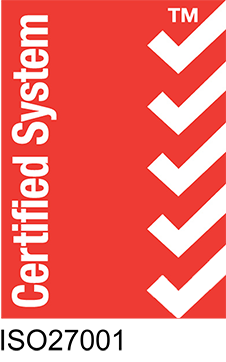In most cases, files are uploaded to your hosting account via FTP. To do this, you will need an FTP client. For simple jobs, the FTP client implemented into your web browser is sufficient. However, if you want to move a number of files, you should consider using a more dedicated FTP client like FileZilla, which is available for free. Notes can be found here.
You can use your web browser by just pasting the FTP server address in the address area.
Some gerneral connection details and notes are below.
- FTP Server: e.g ftp.yourdomain.com.au [will also be listed in your hosting welcome email]
- Username: [As supplied in your hosting welcome email]
- Password: [As supplied in your hosting welcome email]
- Port: 21
- Encryption: If your FTP client supports enryption, we strongly recomend enabling this. If its not enabled (which is usually the default setting), then your login credentials are transmitted in plain text over the internet and is much easier for someone to intercept your login details. We offer two options to securely upload files to your account FTPS and SFTP. Please see this article for more details.
- Directory: httpdocs
Other Notes
- All files and folders are case sensitve.
- The first page of your website should be index.htm, index.html or index.php. When your hosting account is created, an index.html file is placed in the /httpdocs directory, which you should overwrite or remove and replace with your own file(s).
- If you have forgotten your FTP username and/or password, this article will help you set a new one.
- If your connection fails while trying to get the directory listing then check you have selected Passive Transfer mode and NOT Active and that your FTP program can make outbound connections to ports 49,000 - 49,999 which the server will use for the actual data transfer.


